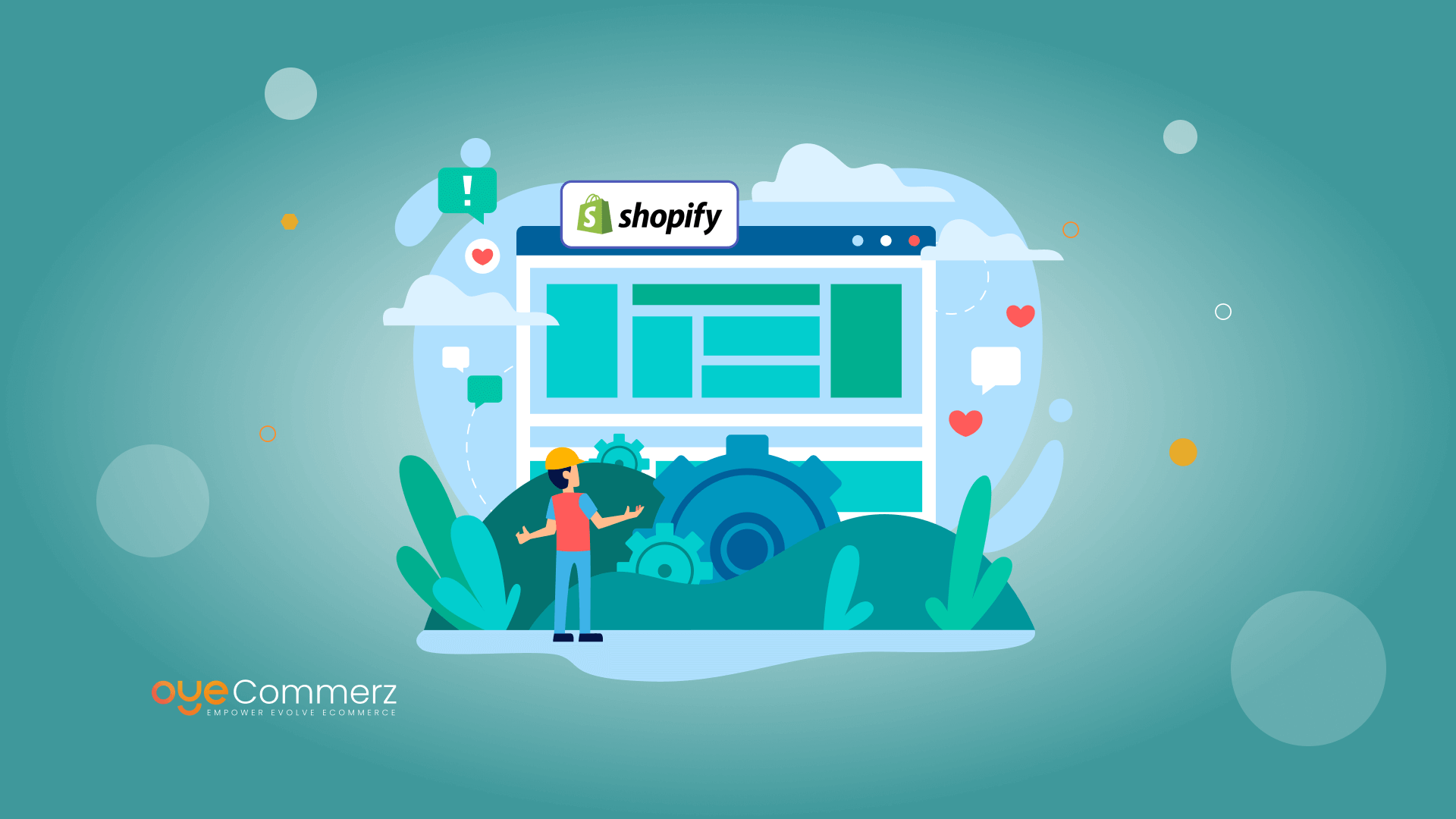
Overview
In the current highly competitive e-commerce environment, Shopify store owners are continually looking for ways to increase sales and optimize their operations. A highly effective method is through custom Shopify apps designed to meet specific business needs. Connecting with the Shopify API and leveraging tools like the Polaris design system, these solutions empower companies to scale efficiently while enhancing customer experience. In this post, we’ll discuss important facets of Shopify app-building, from visual design concerns and key components to best practices for supporting and expanding app capabilities efficiently.
1. Comprehending Shopify API Linkage
A strong grasp of Shopify’s API—including REST and Graph Query Language—is key for creating reliable Shopify apps. With these interfaces, engineers can fetch, update, and manage data within a Shopify site. The Graph Query Language interface offers efficient information processing, facilitating quicker responses by obtaining only the essential information. Integrating the API allows developers to adapt app features to the business’s specific demands, providing a seamless customer interaction that improves store efficiency and income.
2. Employing the Polaris framework
Shopify’s Polaris design system enables app creators to create a cohesive and user-friendly interaction across Shopify apps. Polaris offers a range of building blocks and guidelines that complement Shopify’s branding, creating apps appear cohesive within the Shopify environment. This strategy not only supports intuitive customer touchpoints but also contributes to preserve brand consistency, an critical aspect in creating credibility with clients.
3. Developing within the Shopify Marketplace
The Shopify app ecosystem is vast, permitting app creators to build integrated Shopify apps that function in a business’s management system. Internal apps simplify the user experience by incorporating directly within Shopify’s platform, reducing the need for additional authentication or extra steps. For developers, employing Node.js for behind-the-scenes operations and the React framework for the user interface has become a favored choice, as such tools facilitate expandable, responsive programs that offer an high-quality interface.
4. Essential Elements for Shopify Applications
A effective Shopify app must have features that tackle key challenges in the e-commerce journey. Real-time alerts for real-time notifications, personalized layout style settings, and multi-platform sales capabilities are vital aspects that can improve store management and user interactions. By adding these features, Shopify apps go beyond simplify internal operations but also boost the overall customer experience.
5. Key Strategies for Creating Shopify Apps
When developing Shopify apps, it’s essential to maintain industry best practices. App maintenance strategies such as frequent patches, user assistance, and protection protocols are necessary for maintaining customer loyalty. Digital marketing for Shopify applications can also be leveraged to increase app exposure and user base. Interaction boosters, like push notifications and loyalty programs, are important for keeping customers and creating a dedicated following.
6. Growing Shopify Apps for Growth
As Shopify shops expand, growing app performance becomes essential to accommodate seamless e-commerce integration increased traffic and performance requirements. Using cloud-based setups and emphasizing data management through Graph Query Language can support apps scale without performance issues. It’s just as crucial to have a strategy for growing the app’s framework to manage expansion, including a checklist for selecting a development partner with background in Shopify apps.
7. Evaluating the Cost of Building Shopify Applications
Building custom Shopify apps Shopify platform integration can vary significantly in investment depending on the functions, connections, and customization required. Key functions like backend linkages, client-facing features, and promotional features can increase expenses. However, the profit potential is often worthwhile, as these applications can immediately improve sales and optimize store operations.
8. App Maintenance Strategies
Maintaining an app is equally necessary as initially building it. Frequent patches to address bug fixes, enhance protection, and maintain integration with the new Shopify versions are essential. Forward-thinking upkeep methods also include client help and additional improvements that keep up with evolving e-commerce trends.
9. Tools for Developing Shopify Apps
Shopify provides a variety of resources to streamline the creation workflow, from app development frameworks like Node.js and React to Webhooks for immediate changes. Resources such as Shopify’s CLI enhance the development workflow, while Shopify App Bridge allows integrated applications to interact seamlessly with Shopify’s admin interface. These resources are essential for creating apps that are both functional and easy to use.
10. Upcoming Innovations in Shopify App Creation
The outlook of Shopify app creation is promising, with trends pointing towards artificial intelligence capabilities, enhanced omnichannel capabilities, and improved app extension options. As e-commerce develops further, developers will have to keep up with these trends to create applications that don’t just meet but outperform user expectations.
Conclusion
Custom Shopify apps give a powerful solution for e-commerce businesses to scale efficiently, increase revenue, and streamline operations. From connecting with data interfaces and the design standards to core elements and support methods, each aspect of Shopify application building plays a crucial role in ensuring a seamless journey for customers. As Shopify continues to innovate, staying ahead of emerging directions in software building will help businesses make the most of Shopify’s powerful ecosystem, solidifying their position in the digital retail industry.
Comments on “Increase Sales and Productivity with Tailored Shopify Apps Built to Grow”